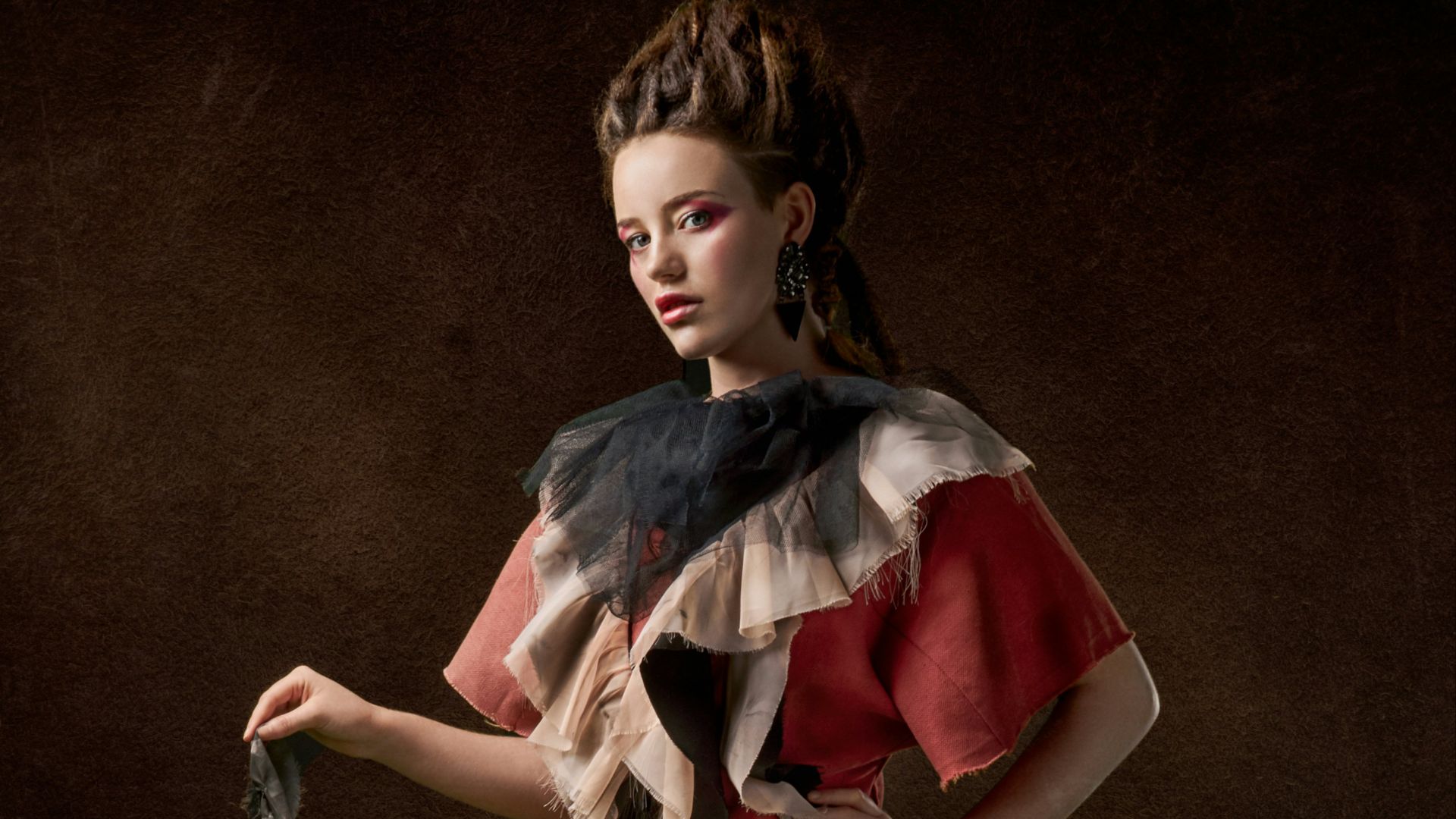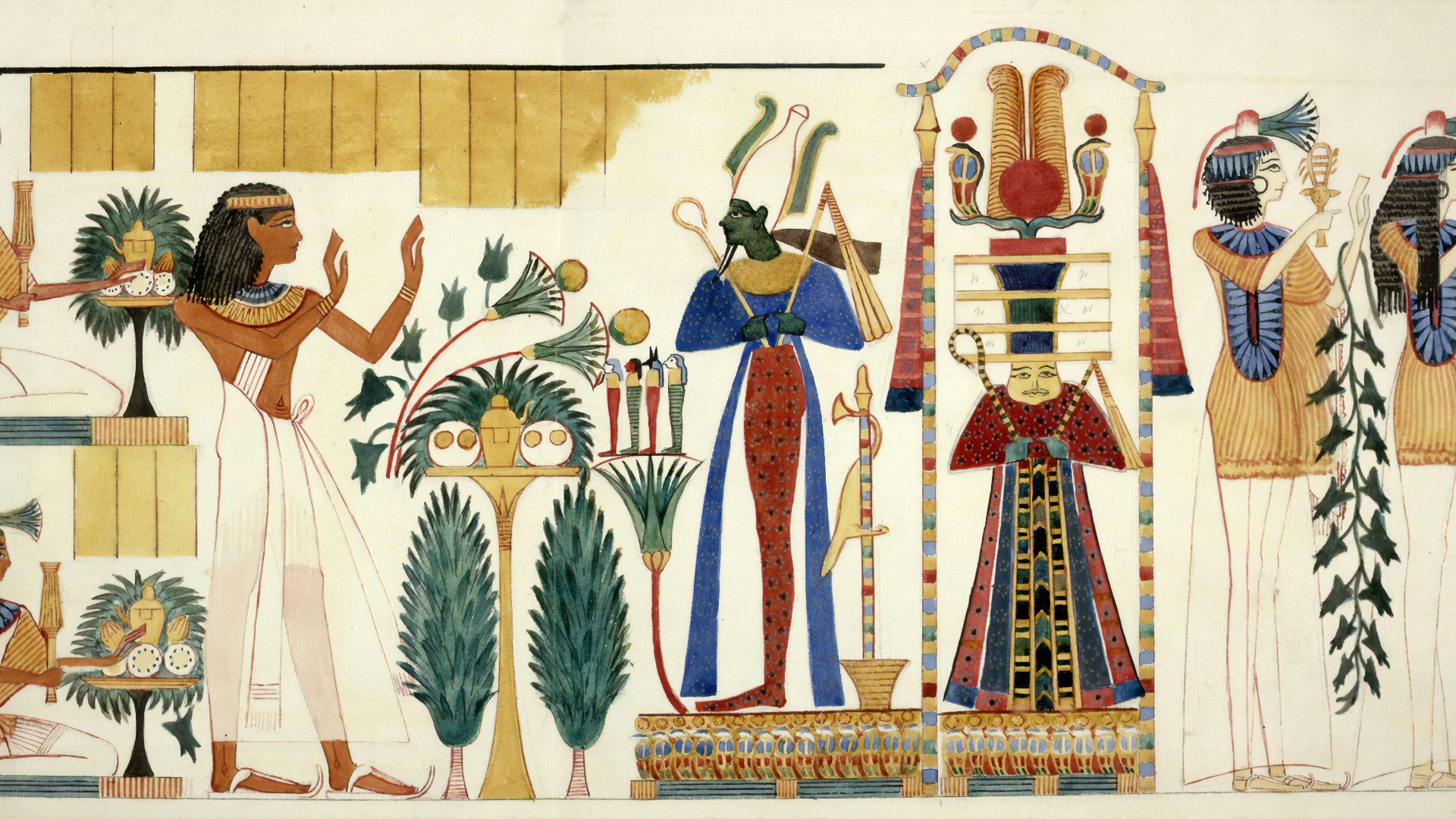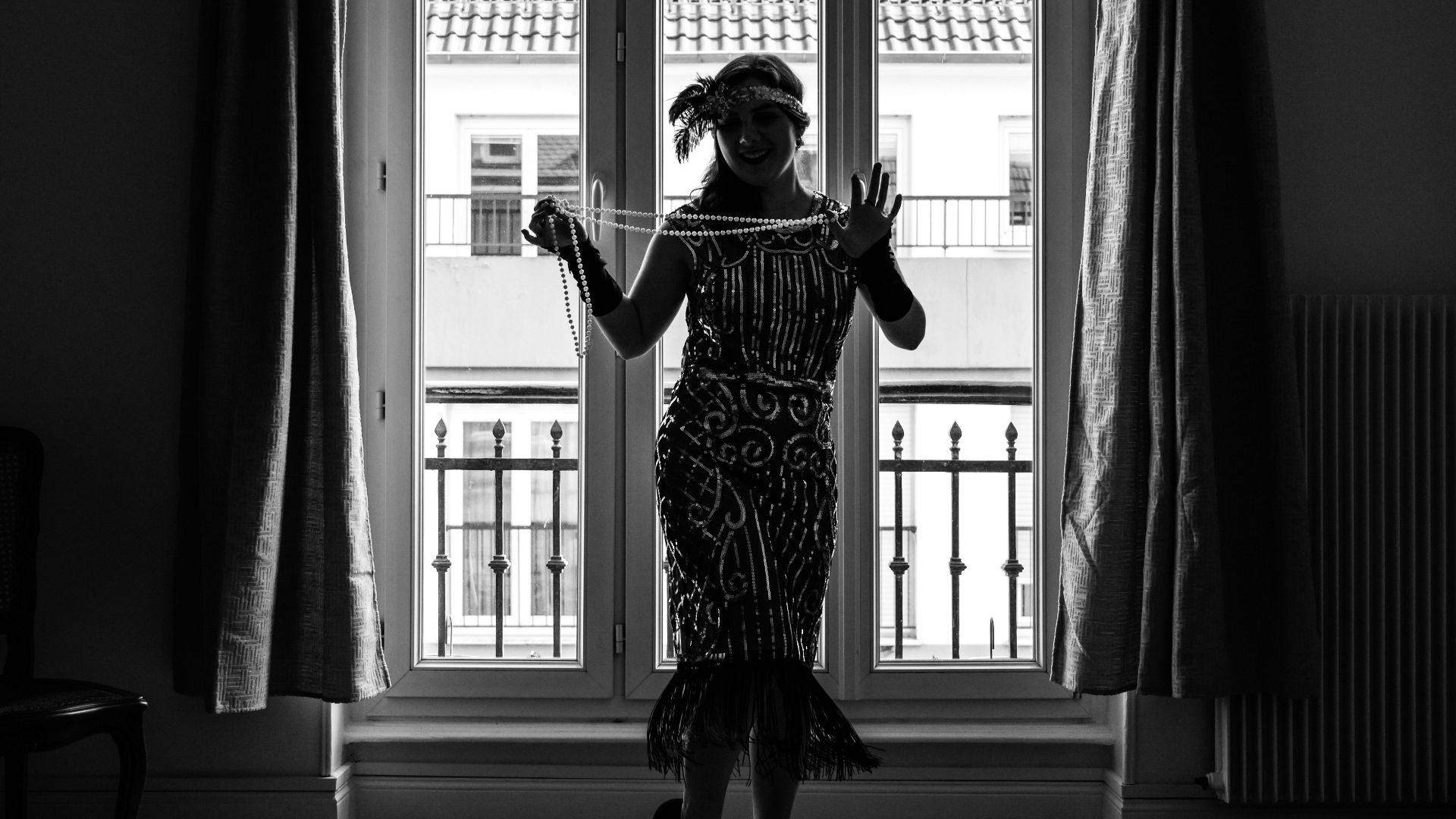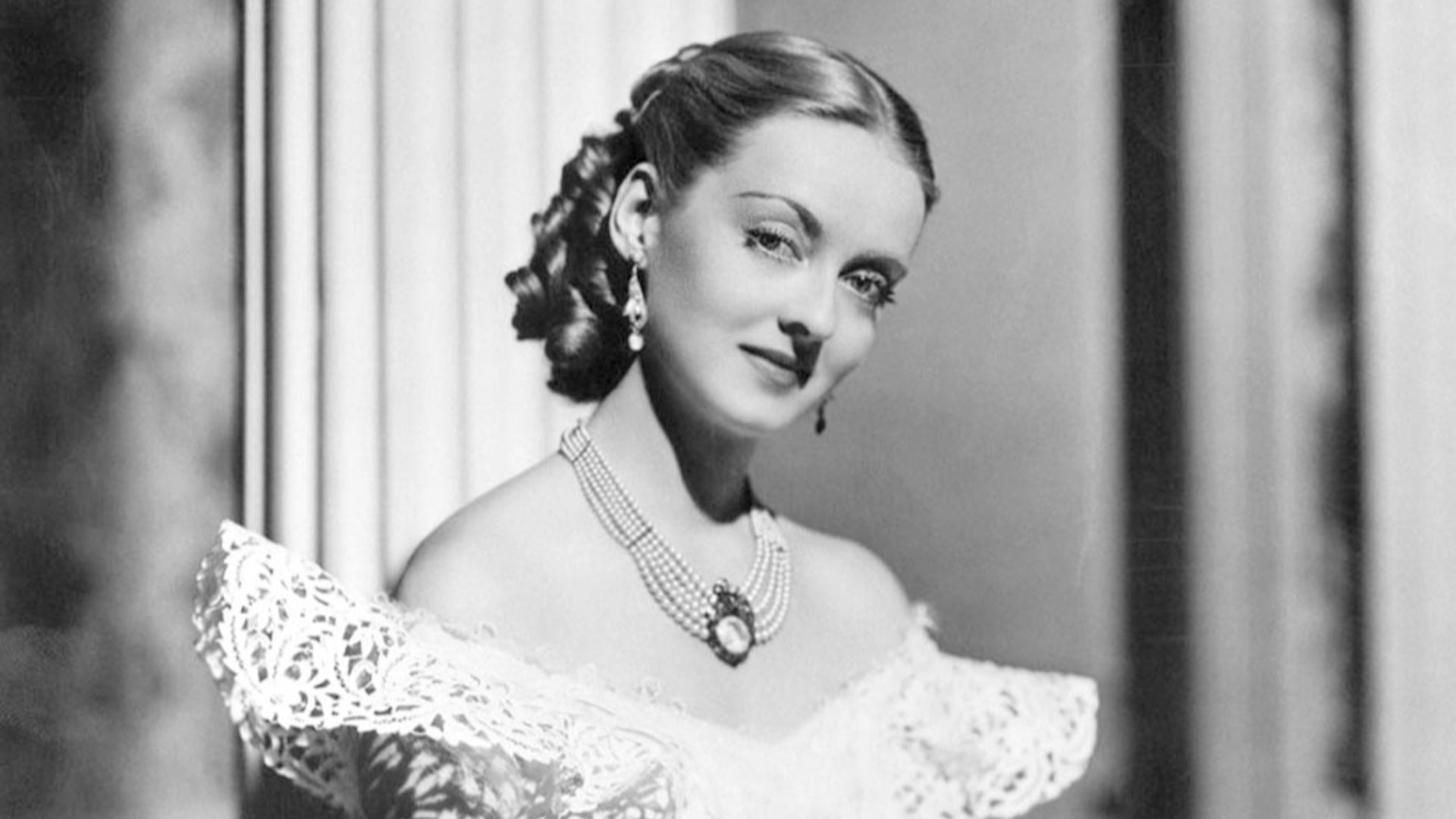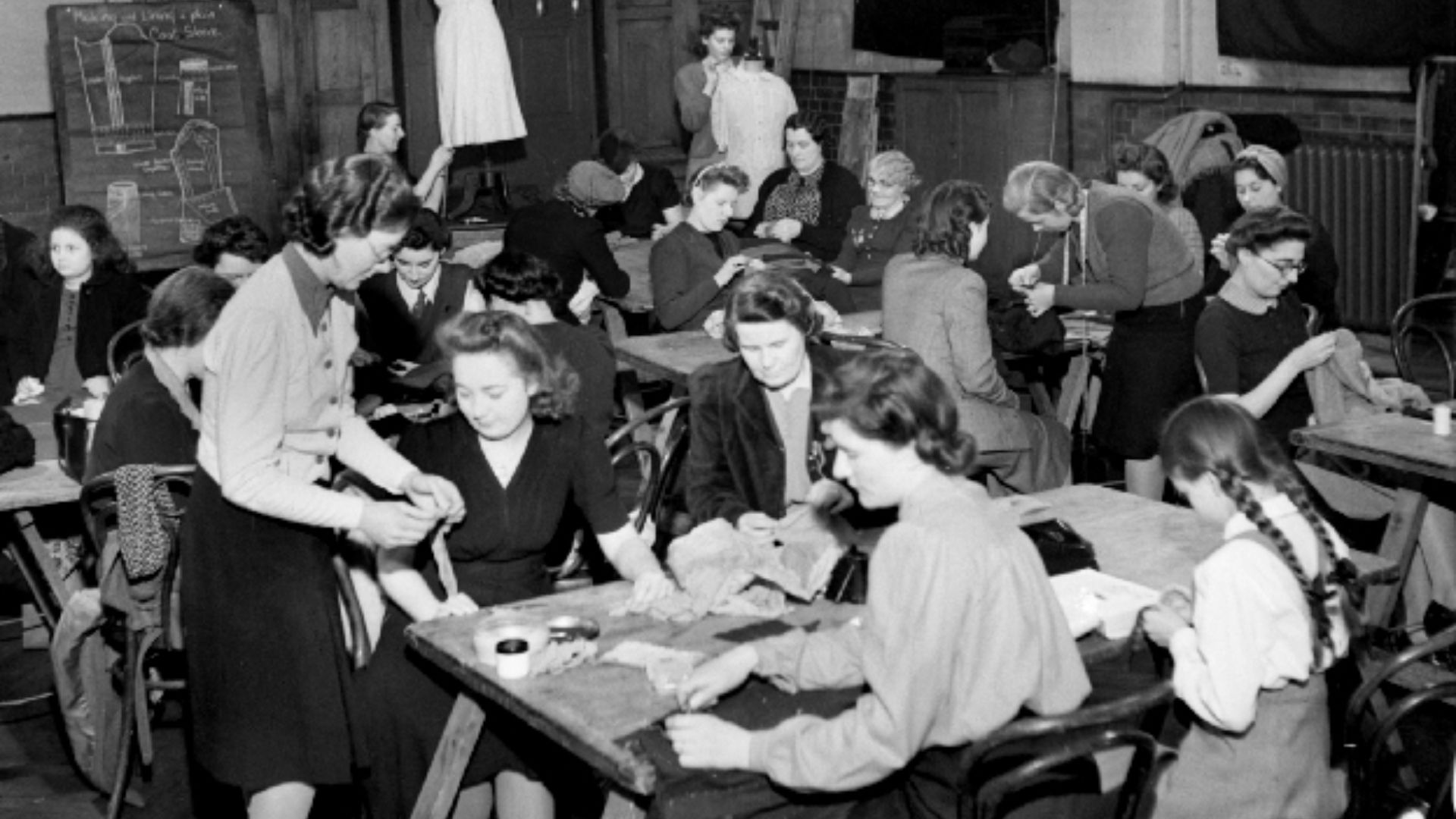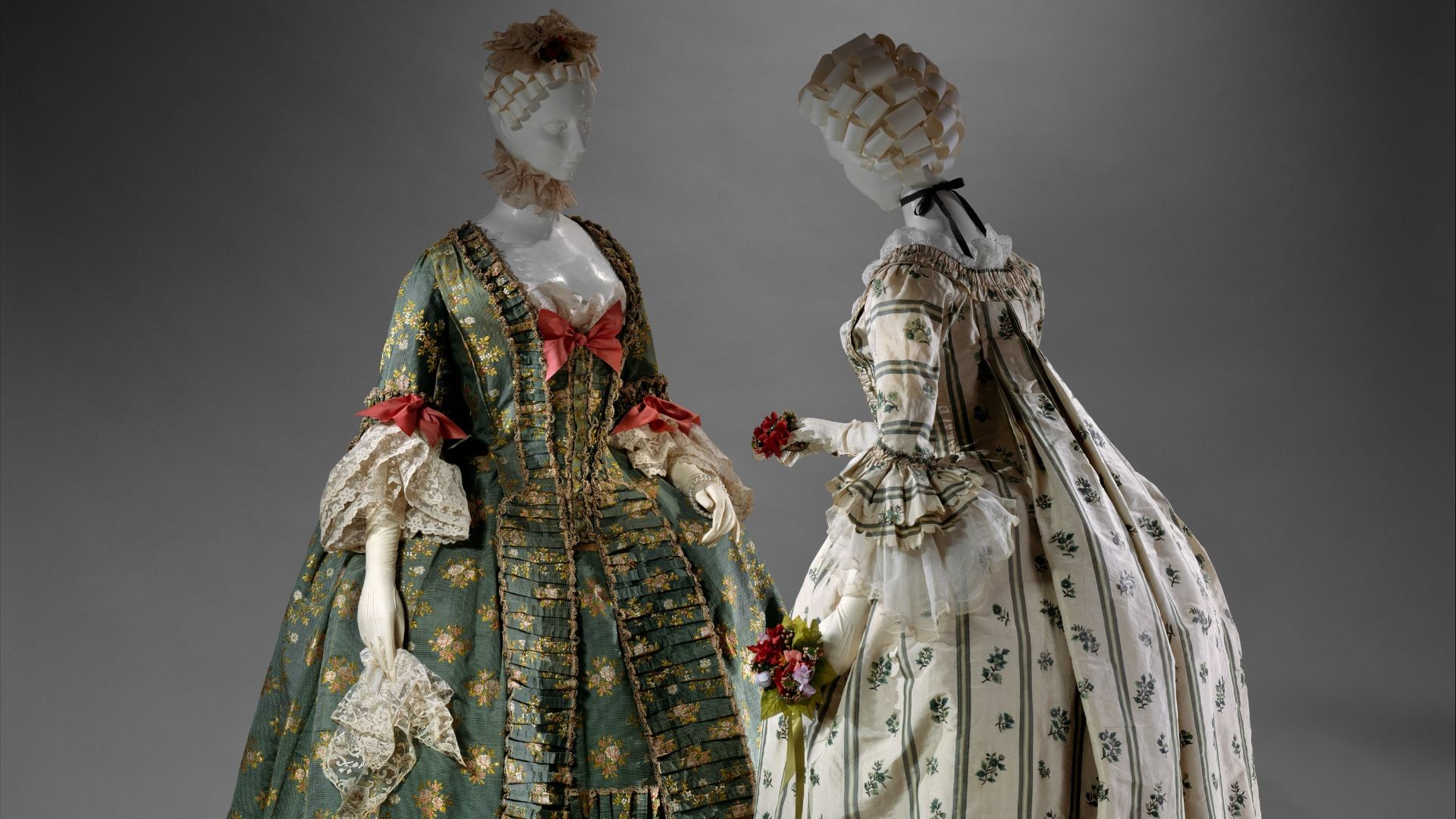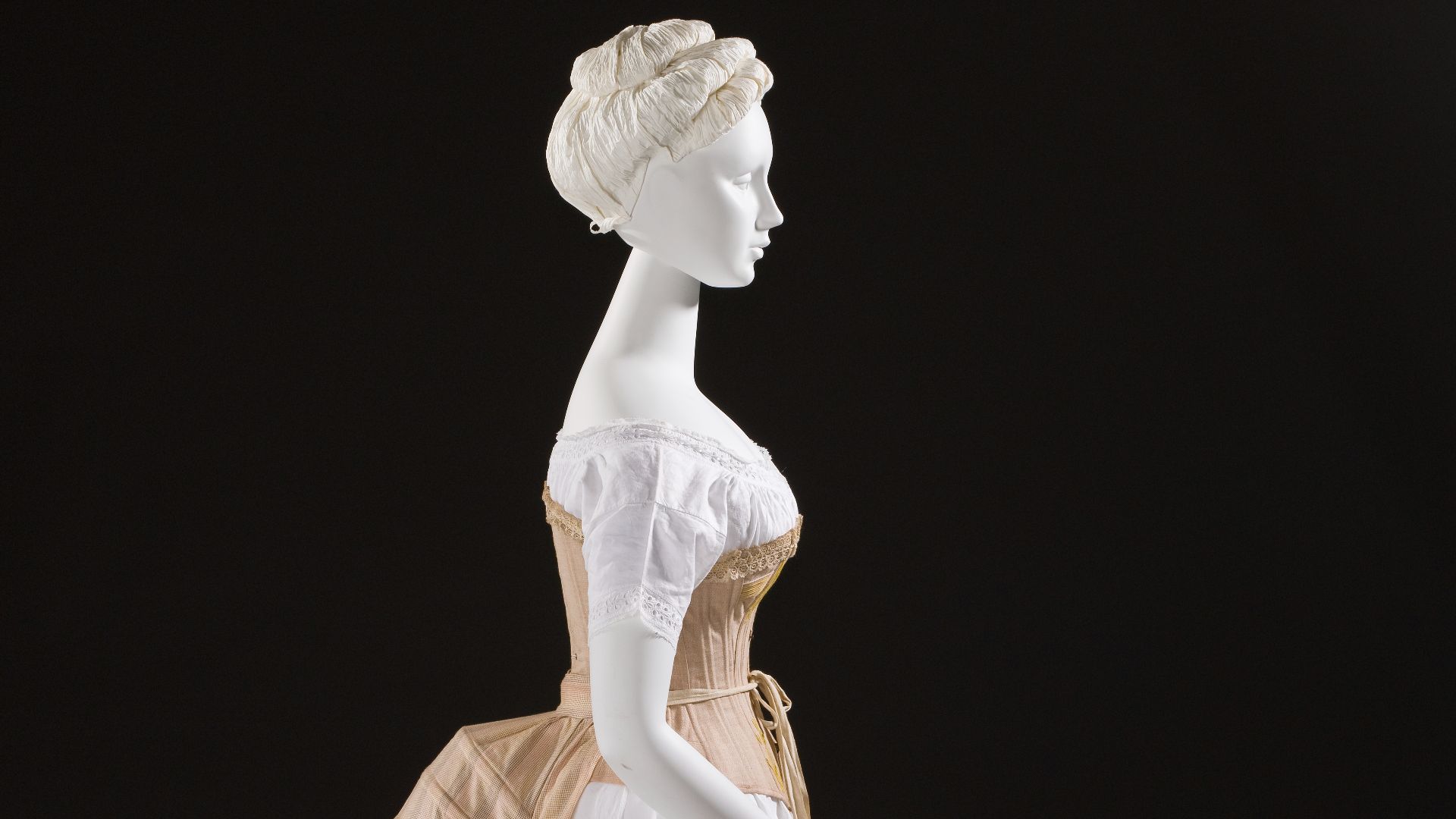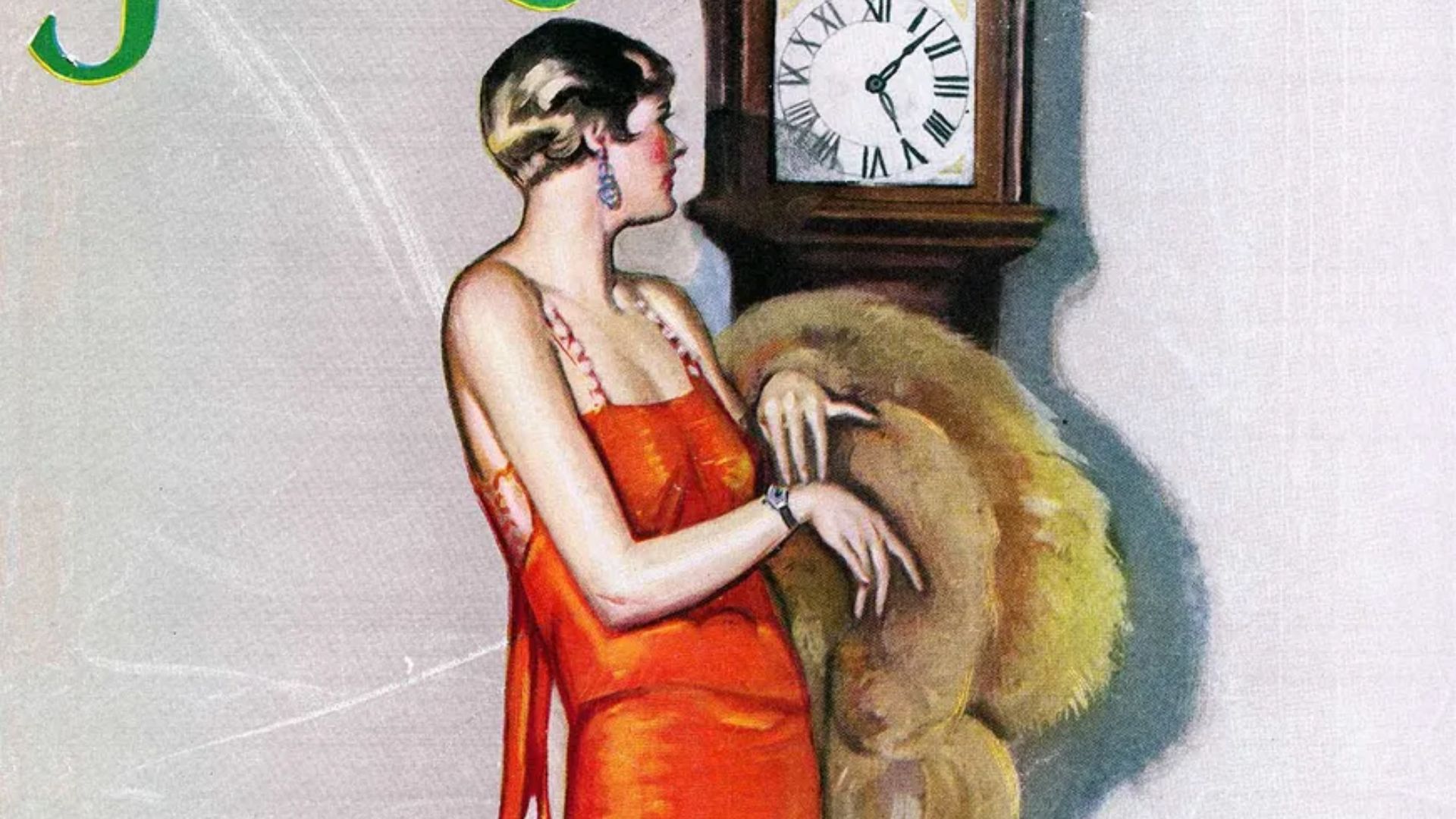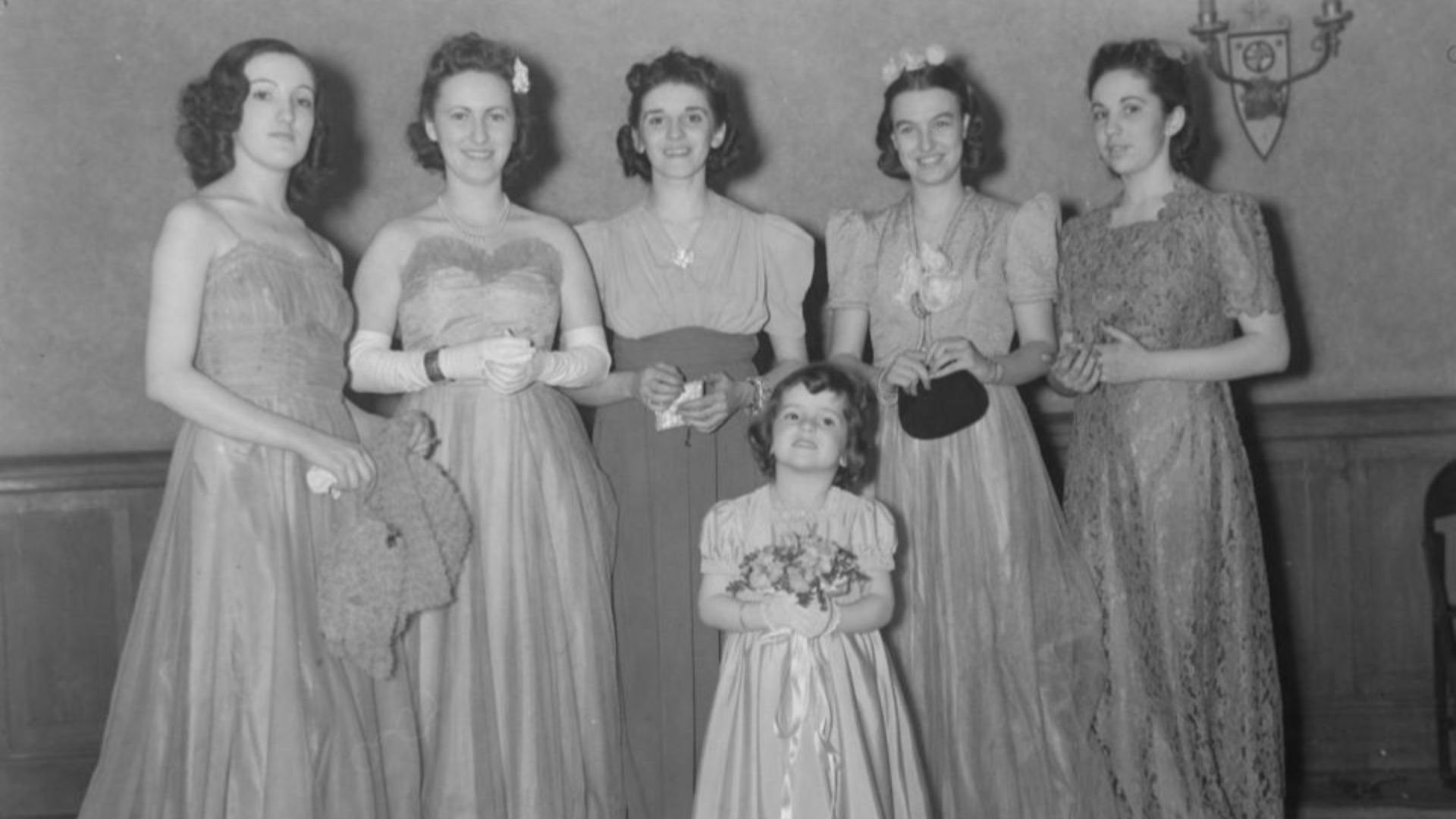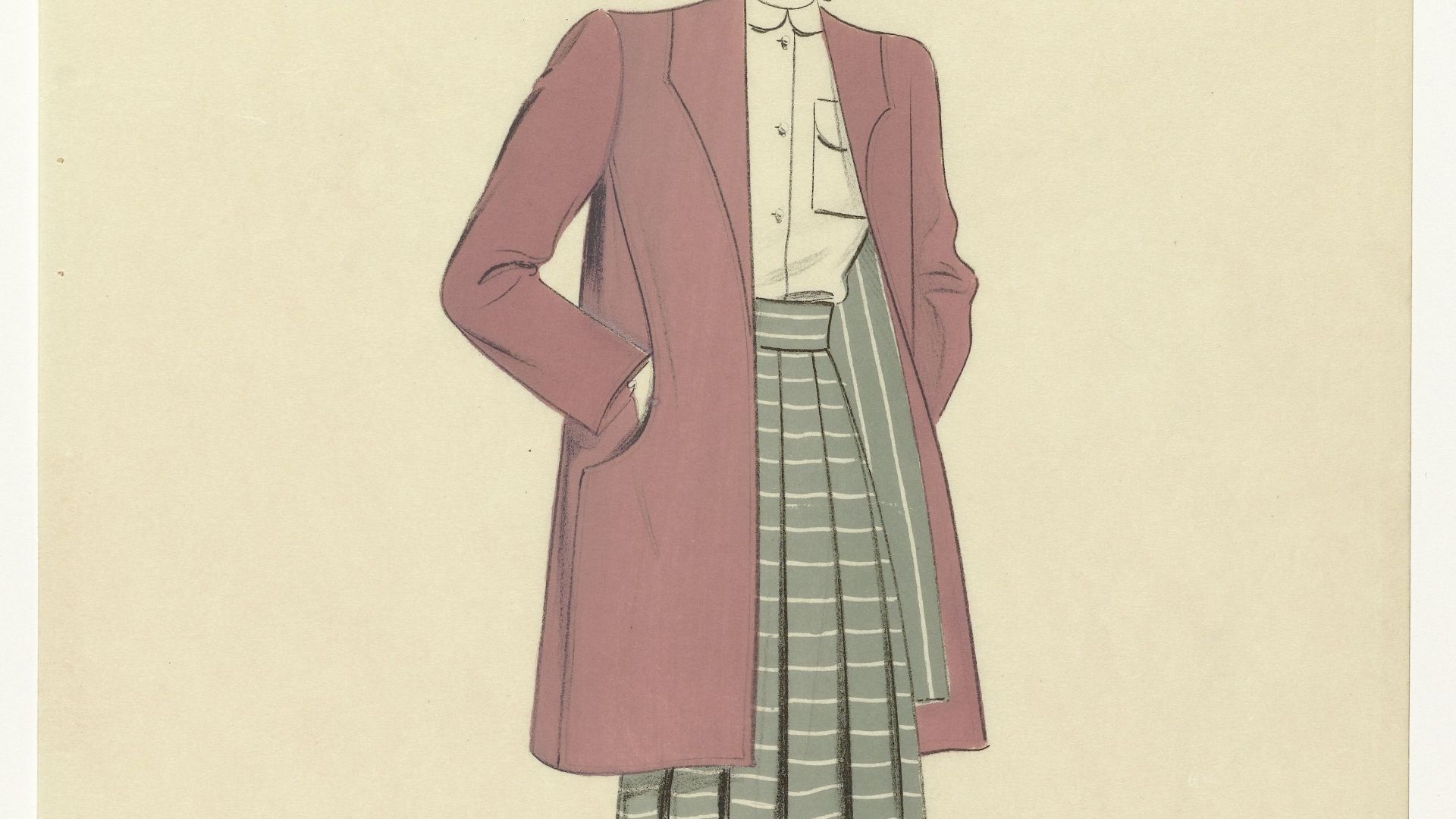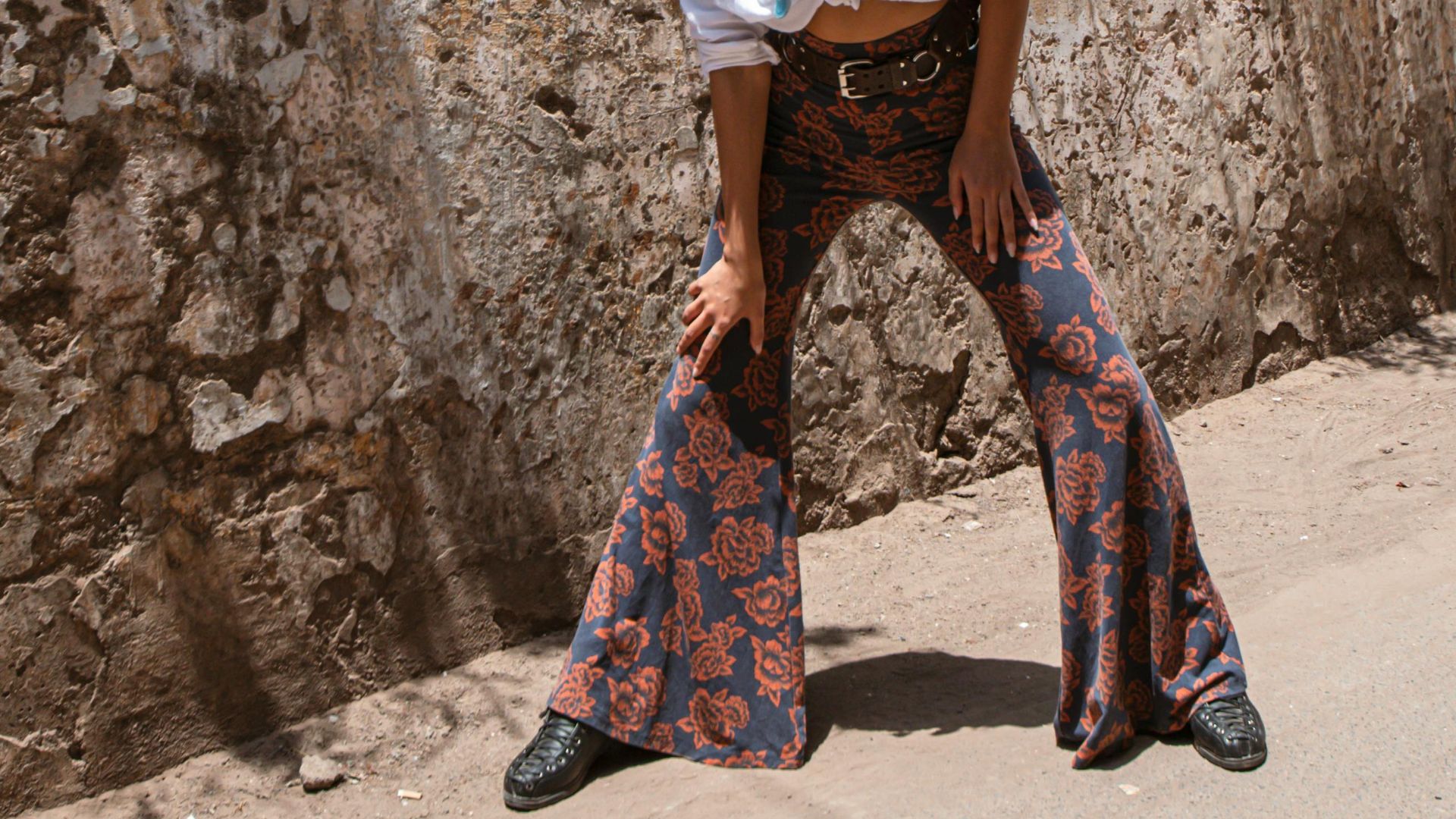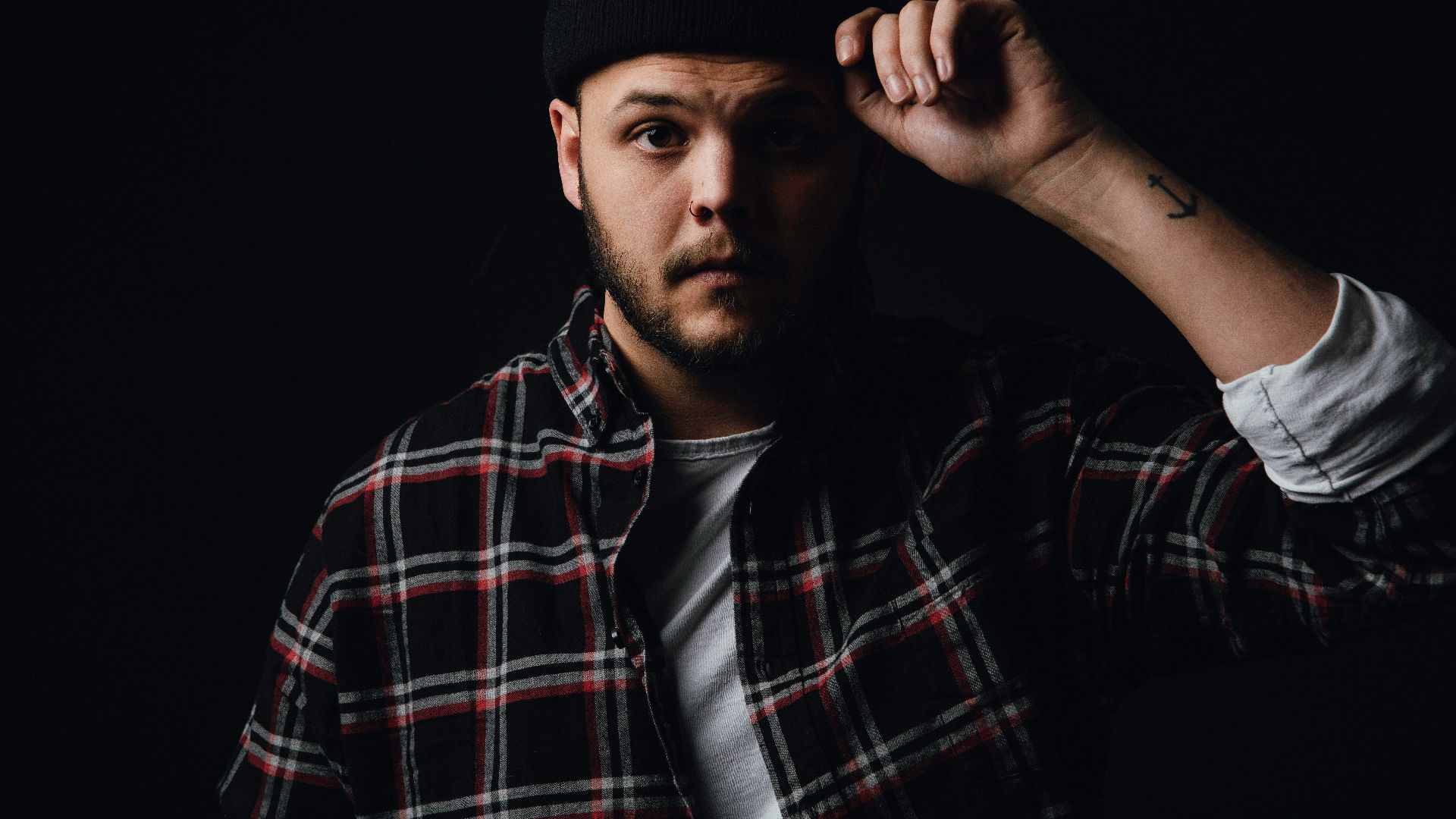10 Fashion Eras That Changed Style Forever & 10 Pieces That Define Them
What's Your Favorite Fashion Era?
Fashion isn't just how you clothe yourself; it's a form of self-expression. Throughout the span of history, how people dress has changed significantly. From rigid Victorian corsets to maximalist Y2K fashion and flapper dresses in between, certain eras have made a significant and lasting impact on style. Here are 10 fashion eras that changed the game and the most iconic pieces from each one.
1. Ancient Egypt
In Ancient Egypt, fashion was tied to status, religion, and identity. Jewelry and color choices had special significance, and artistic embellishments made their style iconic. It influenced later fashions in Greece and Rome.
2. Rococo
The Rococo era in the 18th century was an extravagant time for fashion. It embraced playfulness, was highly decorative using lace, ribbon, and pastel colors, and integrated artistic elements. Designers today still draw inspiration from it.
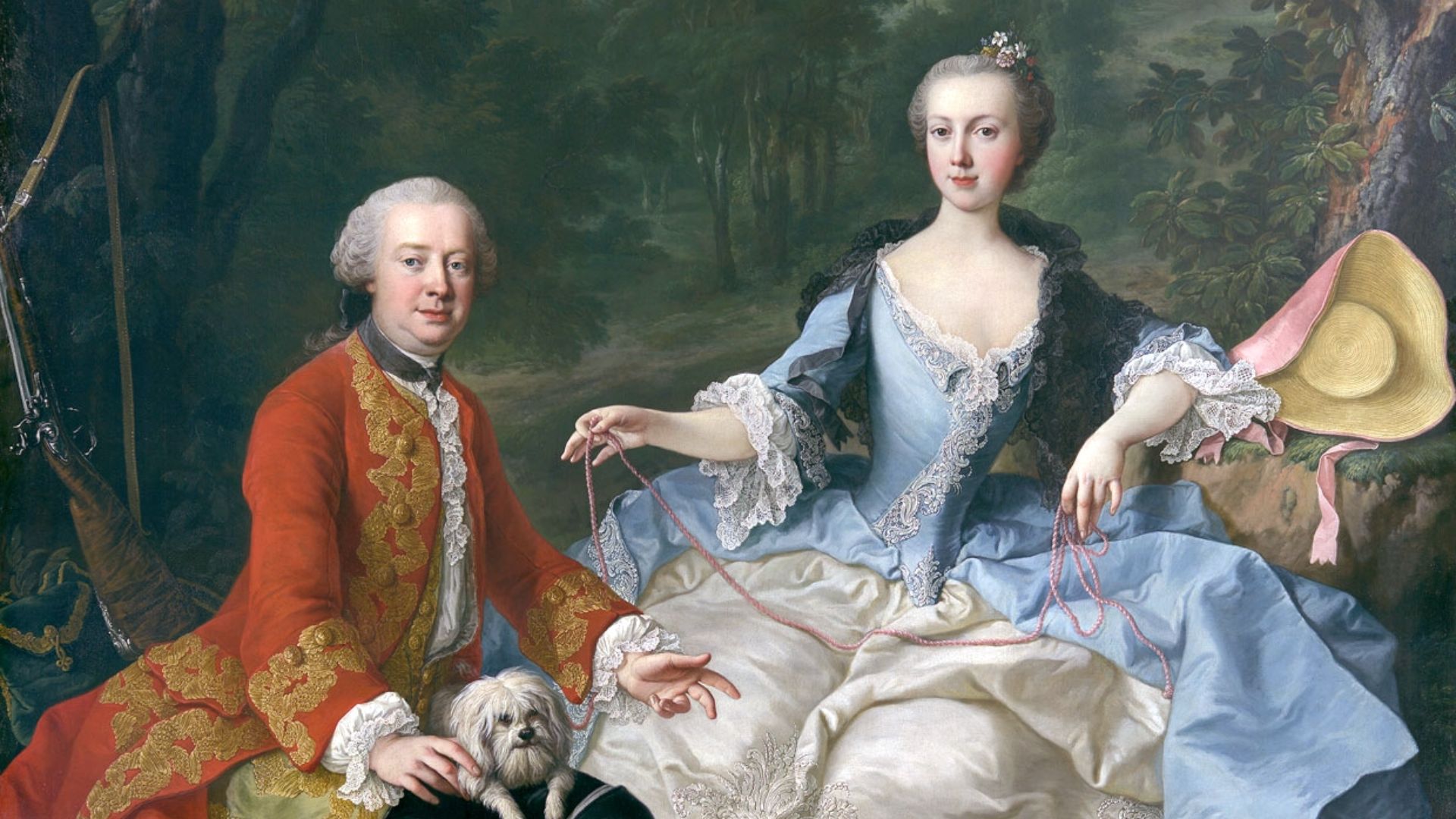 Martin van Meytens on Wikimedia
Martin van Meytens on Wikimedia
3. Victorian Era
The Victorian era is associated with dourness and strict social codes. People of this era dressed refined, modestly, and formally, with tight corsets, full skirts, and high collars. Formal dress codes that persist to this day originated in the Victorian era.
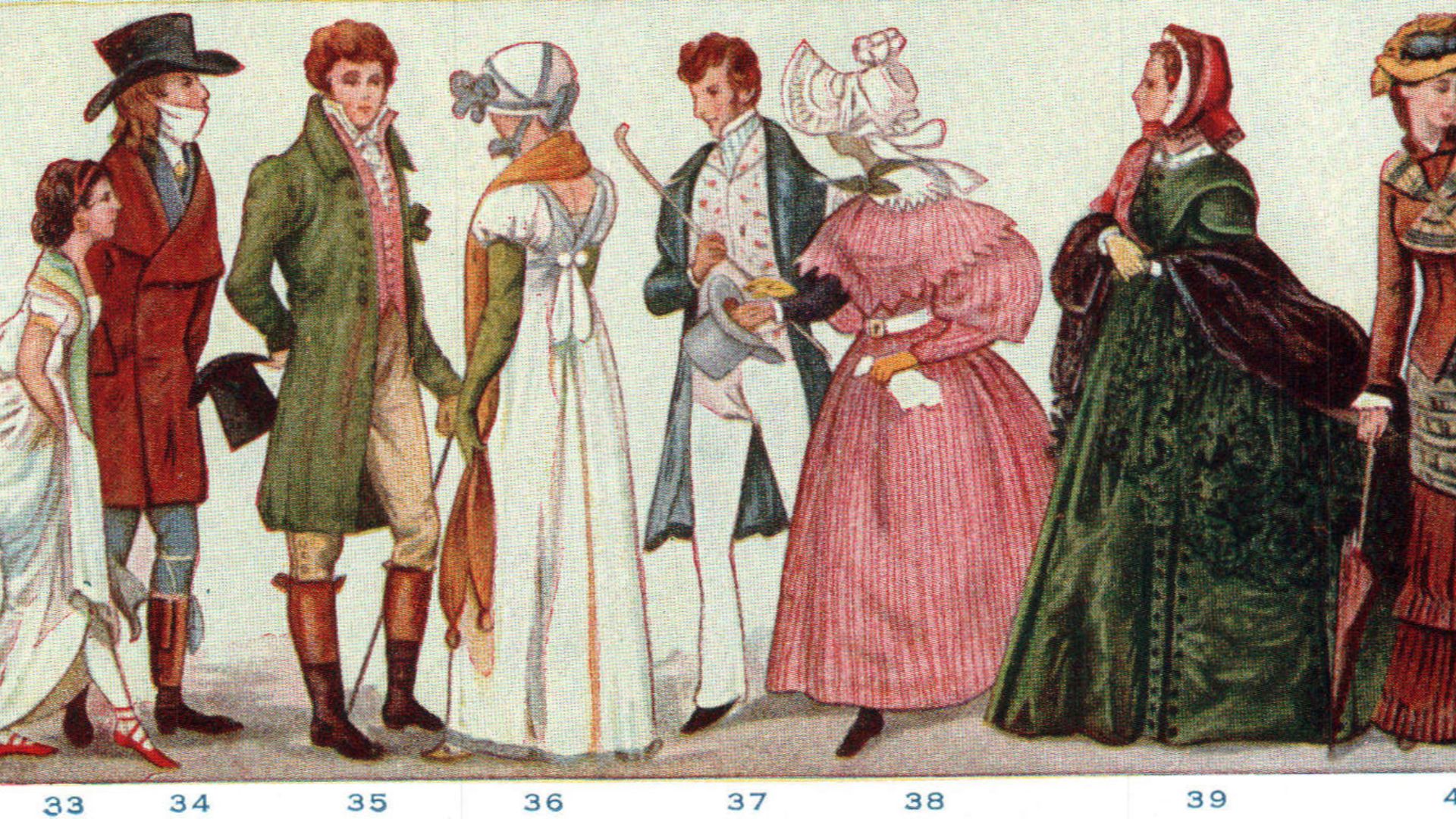 Chandler B. Beach on Wikimedia
Chandler B. Beach on Wikimedia
4. The Roaring 20s
The Roaring 20s were the era that changed everything for women. Fashion broke away from the restrictive Victorian style into more relaxed and comfortable attire with shorter skirts and lower waistlines. Its emphasis on freedom and fun, and its more boxy silhouettes, heavily influenced the later 1960s mod style.
5. Old Hollywood Glamour
The old Hollywood glamour era from the 1930s to 40s was a time when fashion was directly influenced by the stars on the silver screen. Elegant gloves, tailored suits, and evening gowns in satin or chiffon became in vogue. This era set the modern standard for formalwear, designer dress, and red-carpet fashion.
6. War-Era
The fashion of the 1940s WWII era was defined by practicality. Fabrics were rationed, so clothes became more economical and simpler than ever. The era had a heavy influence on later minimalistic fashion aesthetics and women's professional attire.
7. Hippie Era
The "Hippie Era" of the late 1960s and early 70s emphasised freedom, rebellion, and self-expression. Bohemian looks that were inspired by Indian, Native American, and African cultures became in vogue, and accessories conveyed ideas about peace and love. Hippie fashion has a lasting influence on street styles and party outfits today.
8. Power Dressing
From the over-the-top synth pop to the big hairdos, the 1980s were all about exaggeration. In terms of fashion, people dressed to look powerful and confident, with bold colors and angular silhouettes. It had a lasting influence on later maximalist aesthetics and androgynous fashion.
9. Y2K
Y2K fashion of the early 2000s was all about bold, experimental styles. It embraced futuristic elements, hyper-femininity, and juxtoposition. Far from in the past, Y2K fashion is making a major comeback today, influencing street style and festival fashion.
10. Grunge
Grunge was one of the major fashion trends of the 90s. Popularized by bands like Nirvana and Pearl Jam, ripped, worn-out, overly casual clothing was in vogue. It has a lasting impact on street styles today.
Now that we've talked about 10 eras that defined fashion, let's cover the pieces that defined each one.
1. Linen Shendyt
The shendyt was a sort of wrap skirt, typically made of linen, worn by both men and women in Ancient Egypt. It was the most common, everyday garment.
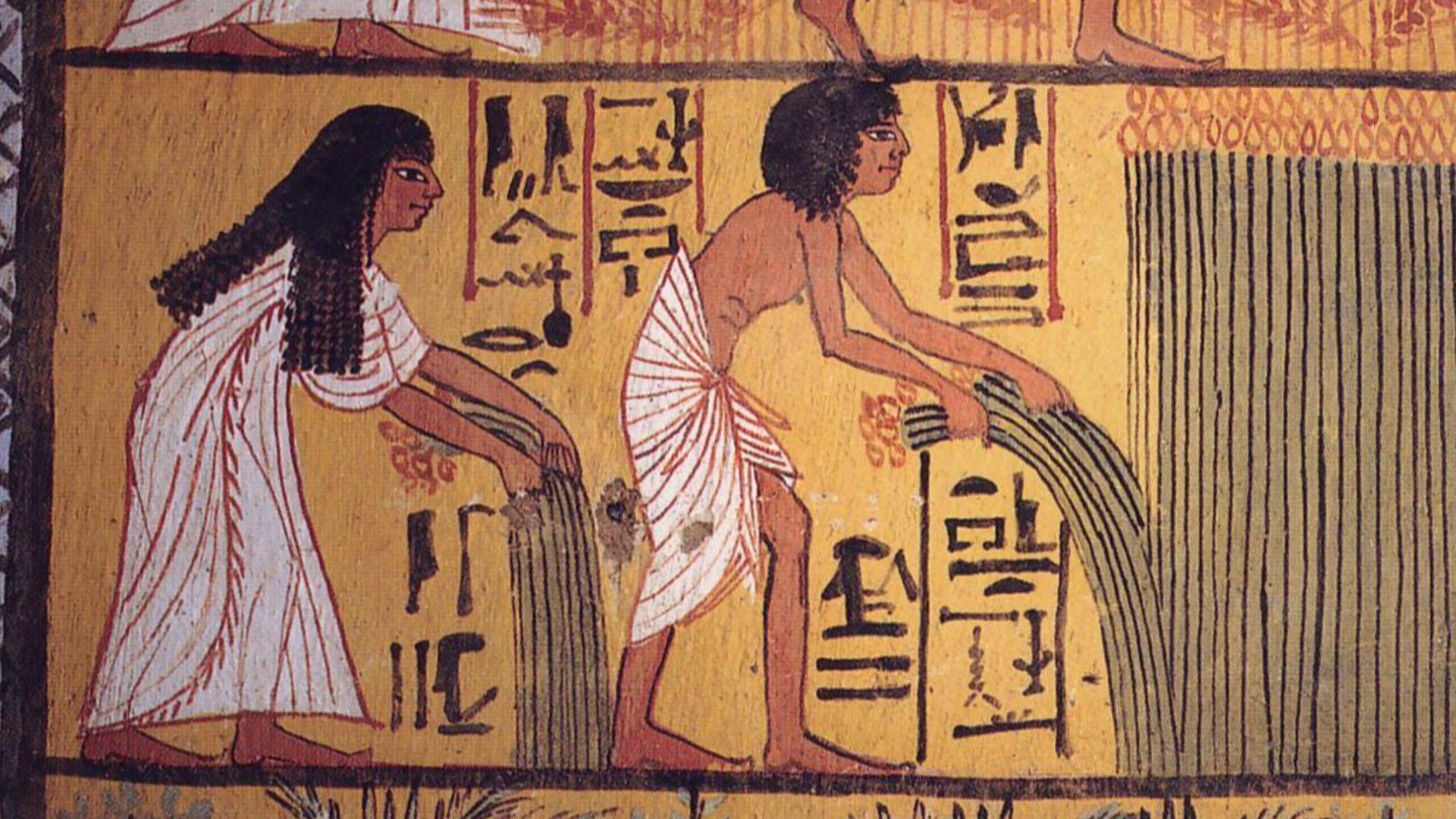 Anonymous Egyptian tomb artist(s) on Wikimedia
Anonymous Egyptian tomb artist(s) on Wikimedia
2. The Robe à La Française
The Robe à La Française was the most quintessential piece of clothing from the Rococo era. It featured a fitted bodice with a low neckline and wide skirts made of lavish fabrics supported by panniers.
3. Bustle Dress
A bustle was a type of frame worn under the skirt to create fullness in the back. In keeping with Victorian era modesty, this was paired with an extremely high collar, full sleeves, and ornate embellishments.
4. Flapper Dress
The 1920s jazz era saw a huge revolution in women's fashion, culminating in the flapper dress. This was a straight and loose-fitting dress with a lower waistline and boxier silhouette that women could finally move in.
5. Bias-Cut Gown
The elegant bias-cut gown was typical of the Hollywood era. They're characteristic for the way the fabric is cut, which allows it to drape more fluidly over the body, creating a slender, hourglass silhouette in contrast with the boxy flapper dresses of the previous era.
6. A-Line Skirt
The a-line skirt was the most defining piece of clothing from the war era. A-line skirts were valued for their simple, tailored lines that used the least amount of fabric to make.
7. Bell Bottoms
Nothing screams 1960s hippie era quite like bell-bottoms. Pants that were skin tight from the waist to the knees and then flared out dramatically at the calf were the epitome of youthful style and flower power for both men and women.
8. Blazer
Blazers with exaggerated shoulder pads came to epitomize the 1980s. Large, boxy silhouettes that emphasized angular lines were in style, creating a commanding and powerful presence.
9. Low-Rise Jeans
Everyone from Beyoncé to Paris Hilton was rocking low-rise jeans back in the early aughts. The muffin top exposing jeans became synonymous with Y2K fashion and are once again coming back in style.
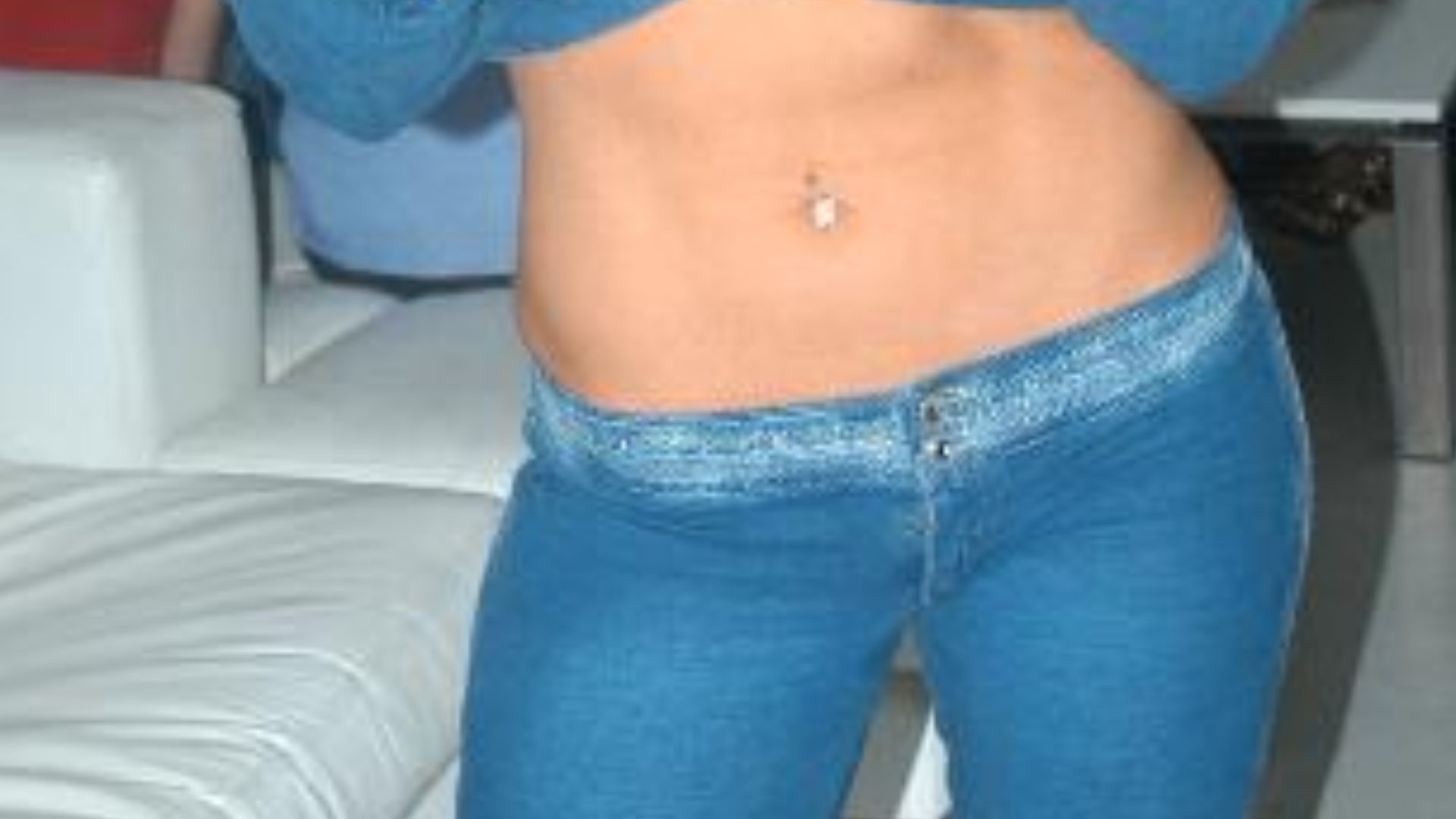 www.lukeisback.com on Wikimedia
www.lukeisback.com on Wikimedia
10. Flannel Shirt
Flannel shirts were certainly the most defining characteristic of the grunge aesthetic. Kurt Cobain, with his ripped jeans, unwashed hair, and flannel tied around his waist, is what comes to mind.


